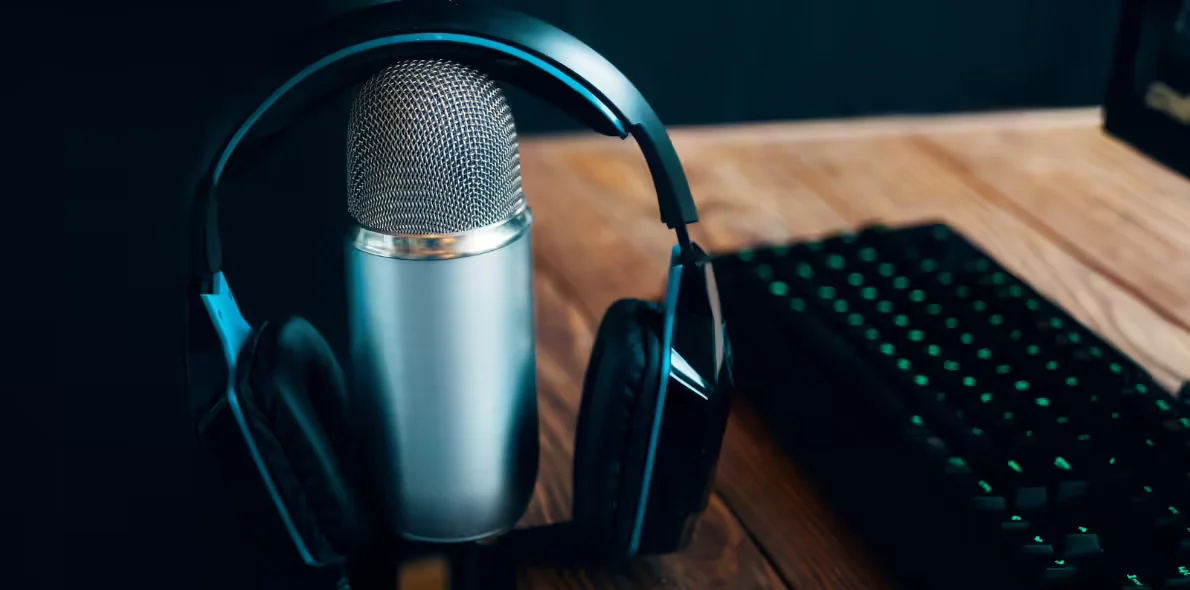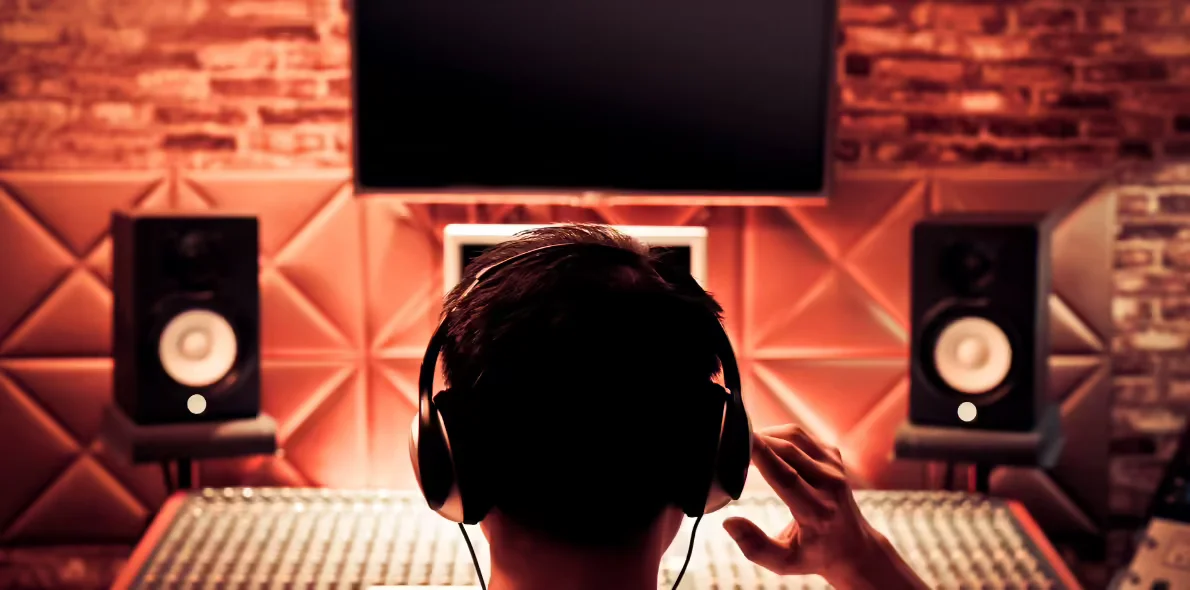In the era of the internet, digital music distribution has revolutionized how musicians reach their audience and earn money from music. Gone are the days when physical sales and radio play were the only avenues for music revenue. Now, you distribute your music globally with just a few clicks. This access not only broadens their reach but also allows them to tap into multiple revenue streams from various online music distribution platforms. By leveraging these services, musicians can maintain more control over their works, receive a larger share of the profits, and gain insights into their audience’s preferences and behaviors.
Choosing the Right Online Music Distribution Companies
Comparing Pricing Models and Revenue Payouts
When selecting
digital music distribution services, understanding their pricing models and revenue payouts is crucial. Some charge an annual fee, allowing unlimited uploads, which is ideal for prolific artists. Others, however, charge per release, which can add up but may be beneficial for artists with fewer releases. Most take a percentage of your earnings instead of an upfront fee, appealing to those who prefer a pay-as-you-earn model.
Key Features to Consider
For long-term success in music distribution, several key features of distribution platforms need to be considered. These include the range of music stores and streaming services they distribute to, their customer service quality, and how they handle music rights management. The best digital music distribution platforms ensure your music reaches all major platforms like Spotify, Apple Music, and more. They also offer robust customer support for dealing with any issues that arise. Additionally, some services handle YouTube Content ID claims and other rights management tasks to secure your music royalties online effectively.
Understanding Revenue Models in Digital Music Distribution
How Streaming Royalties Work
Streaming royalties are generated every time someone plays your music on services like Spotify, Apple Music, or Pandora. These platforms collect subscription and advertising revenues, which are then distributed to rights holders based on specific streaming rates. The exact amount you receive can vary significantly between platforms due to their distinct royalty calculation methods. Familiarizing yourself with these methods will help you predict and enhance your music distribution earnings.
Per-Stream Payouts vs. Pooled Revenue Models
The debate between per-stream payouts and pooled revenue models in the digital music landscape brings to light significant disparities in earnings for artists, especially given the sheer variety of music genres and listener bases. Per-stream payouts, which pay artists a fixed rate per individual stream, may seem straightforward, but the payout rate fluctuates considerably depending on the platform, location, and subscription type of the listener. Some platforms offer higher payouts per stream to attract exclusive content, while others with broader audiences may keep payout rates low to offset the costs of their larger infrastructures. Per-stream payouts make it easier for artists to calculate expected revenue based on their stream count. This model can be particularly advantageous for artists with loyal, consistent listeners, as every stream directly contributes to their income. However, this model’s effectiveness is limited by the specific platform’s policies and rates, which can vary widely, leaving artists to rely on a stream volume that may not always translate to sustainable revenue, especially in niche or emerging genres with smaller followings.
In contrast, pooled revenue models aggregate all revenue generated by a platform and divide it according to each artist’s share of total streams, essentially rewarding those with higher total streams more heavily. This model tends to benefit artists and genres with a broader mainstream appeal or substantial marketing power, as their higher stream counts earn them a larger slice of the revenue pie. For smaller or niche artists, however, pooled revenue models can be challenging since their listener base may not generate the stream volume necessary to secure a substantial payout. Even if a niche artist’s fanbase listens to their music repeatedly, they may still receive a smaller share than mainstream artists who accumulate vast streams from casual listeners.
Download Sales and Other Revenue Opportunities
While streaming is dominant, download sales via platforms like iTunes still contribute to an artist’s income. Moreover, additional revenue streams such as ringtones and digital radio play further diversify an artist’s income sources. These sales are often straightforward, with artists receiving a set percentage of each sale after the platform’s cut.
Factors Affecting Your Earnings from Streaming
Your earnings from streaming can be influenced by multiple factors, which play a critical role in determining your overall income as an artist. Understanding these elements can help you strategize and maximize your revenue. Below is a breakdown of key factors affecting your streaming income:
- Market Share of the Platform: Streaming platforms with a larger audience, like Spotify and Apple Music, provide access to millions of potential listeners, which can boost your exposure. However, the high competition on these platforms means your music is just one of many choices available to listeners. To stand out, artists often have to employ unique promotional strategies or collaborate with playlist curators to increase visibility. While a larger market share typically offers more significant revenue potential, independent or smaller platforms might also present benefits by allowing more personalized promotion and a closer relationship with listeners.
- Artist’s Share of Revenue: The revenue split between you and the streaming platform or your distributor significantly impacts your final earnings. Distribution agreements vary widely, and each distributor has a different fee structure. Some may take a flat rate or a percentage of each stream, while others may offer premium services in exchange for a higher cut. Understanding the terms of your distribution contract and any additional fees is essential in estimating your expected income from each platform. Many independent artists find more favorable terms with direct distribution services, whereas others benefit from the reach of major label-backed distributors.
- Territorial Differences: Streaming revenue rates often fluctuate by country due to differences in local advertising and subscription rates. For instance, streams from countries with higher advertising costs or higher subscription rates often yield better payouts. Some platforms also prioritize certain markets, leading to higher promotional support and potential for streams in those areas. Artists with a global fanbase might see income variations depending on where their listeners are located. By analyzing your streaming analytics, you can identify where your streams are generating the most revenue and focus your marketing efforts in those regions.
- Subscriber Base: Platforms with a substantial base of paid subscribers, as opposed to free users, typically offer higher per-stream payouts since they rely less on ads. Paid subscribers provide a consistent revenue stream for the platform, which often translates to a higher average revenue per user and better payouts for artists. Moreover, listeners who pay for a subscription are often more engaged with the content, meaning they may stream more music, including repeated listens of favorite tracks. As an artist, prioritizing platforms with strong subscriber bases can positively impact your earnings, especially if they offer tools to engage these dedicated listeners.
- Release Frequency: Consistently releasing new music can keep your audience engaged and drive more frequent streams. Platforms often reward active artists with playlist placements and recommendations, leading to increased visibility. Regularly releasing singles, EPs, or even remixes can build momentum around your brand, as listeners are more likely to return to your profile when they know new content is on the way. Frequent releases can also help you stay relevant within the platform’s algorithms, giving you a better chance of appearing in playlists and recommendations, which ultimately leads to more streams and higher earnings.
Maximizing your streaming income involves understanding these diverse factors and adapting your strategy to leverage each one effectively. By tailoring your approach based on market, distribution, territory, and engagement strategies, you can optimize your streaming presence and grow your earnings over time.
Maximizing Income with Publishing and Performance Royalties
Registering with Performing Rights Organizations (PROs)
Joining a PRO is essential for any musician looking to earn performance royalties. PROs like ASCAP, BMI, and SESAC collect royalties on behalf of songwriters and publishers when their music is performed publicly, whether it’s played on the radio, in a restaurant, or through a streaming service. Registering with a PRO ensures that you are compensated every time your music is used in these ways.
Difference Between Mechanical and Performance Royalties
Understanding the difference between mechanical and performance royalties is crucial for musicians. Mechanical royalties are generated from the physical or digital reproduction of your music, such as CDs, vinyl, and digital downloads. These are collected by mechanical rights organizations like the Harry Fox Agency in the U.S. Performance royalties, in contrast, are earned when music is broadcast on platforms that include radio, television, and online streaming services. Knowing these differences helps you ensure that you are fully monetizing all aspects of your music.
Synchronization Licensing for Film and TV Income
Synchronization licensing, or
sync licensing, presents another lucrative opportunity for artists. This involves licensing your music for use in film, television, advertisements, or video games. Sync deals can be highly profitable and provide substantial exposure. To maximize opportunities for sync licensing, it is beneficial to work with a publisher or a specialized sync agent who can actively pitch your music to music supervisors and media producers.
Strategies to Boost Streaming and Get Paid for Your Music
Playlist Placement and How It Increases Streams
Strategic actions can significantly increase your
music streaming income and enhance your presence on platforms. Securing a spot on popular playlists is a powerful way to boost your streaming numbers. Playlists have become major discovery tools for listeners. Being featured can lead to a significant increase in streams and follower growth. To achieve this, build relationships with playlist curators and submit your music to relevant playlists, whether they are genre-specific or mood-themed.
Promoting New Releases via Social Media
A new release’s popularity and ability to reach both devoted followers and new listeners depend heavily on its promotion. By using a combination of social media and email marketing, you can create anticipation and foster engagement, making the release a memorable event. Here’s a breakdown of the strategies to maximize your promotional efforts:
- Teaser Content: Sharing short audio or video clips, like snippets of your upcoming single or footage from the recording studio, can give fans a taste of what’s to come. This type of content can be posted across various platforms like Instagram, TikTok, and YouTube, where visual storytelling is highly effective. Behind-the-scenes content, especially, offers fans an inside look into your creative process, making them feel more connected to your work. Teasers build momentum, helping your audience become invested in the release and more likely to stream or purchase the song once it’s available.
- Engagement Posts: Getting fans involved in the promotion of your new release can be as simple as encouraging them to comment, like, or share your posts. Engagement posts might ask fans about their favorite lyrics, what they’re most excited to hear, or even for help choosing the next single. Interactive posts, such as polls or questions, can also create a sense of community and make fans feel like they’re part of your journey. Increased engagement signals to social media algorithms that your content is popular, which can help it reach a wider audience. Furthermore, when fans engage, they’re more likely to remember the release date and be ready to support the new music.
- Exclusive Previews: Offering exclusive previews to your email subscribers is an excellent way to reward loyal fans while building excitement for your release. Email marketing allows for more personalized messaging, so fans feel appreciated and “in the know” by receiving content that others haven’t seen. Previews could include a snippet of the song, a private video message, or even a short story about what inspired the track. By giving email subscribers this early access, you can strengthen your relationship with your core audience, turning them into ambassadors for your music. These fans are more likely to promote the release within their networks and on social media, further amplifying its reach.
- Release Countdown: Using a countdown on social media can help build a sense of urgency and excitement as the release date approaches. Platforms like Instagram Stories have countdown stickers, which fans can tap to receive reminders. Each day or week, the countdown can be paired with a new teaser, artwork, or short message about the release, keeping it fresh and engaging. Countdowns can also feature unique graphics or short animations that align with the release’s theme, enhancing your brand identity. This approach keeps your new release top-of-mind for fans and encourages them to share the countdown, widening your audience reach just before the big day.
- Live Sessions: Hosting live sessions gives you a unique opportunity to interact directly with your audience and share the story behind your new release. In these sessions, you can talk about the inspiration for the song, share anecdotes from the recording process, or perform an acoustic version of the track. Live sessions can also attract new followers, as they are likely to be recommended to potential fans who engage with similar content. By making these sessions personal and engaging, you create a unique experience that can encourage fans to stream or purchase the release.
Effective promotion goes beyond simply informing your audience about a new release. By leveraging these strategies, you can create a memorable launch experience that resonates with fans and helps your music reach a wider audience.
Successfully navigating the
world of music publishing earnings involves more than just making great music; it requires strategic planning and active engagement with various income streams. By effectively utilizing digital platforms and diverse revenue opportunities, you can create a robust financial foundation for your music career.













